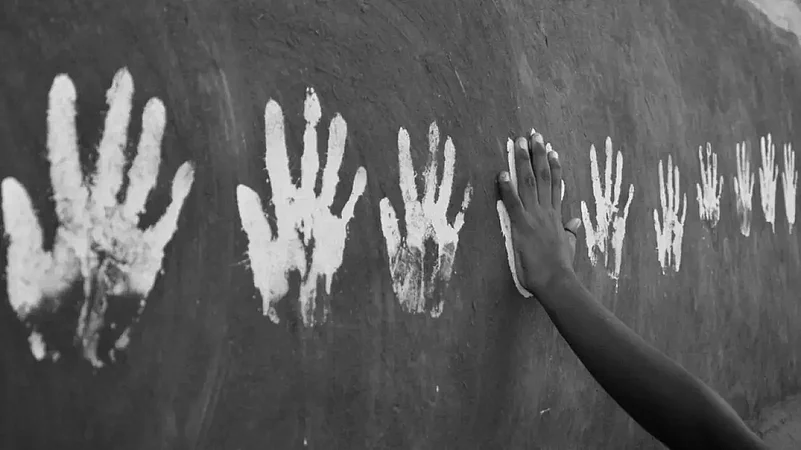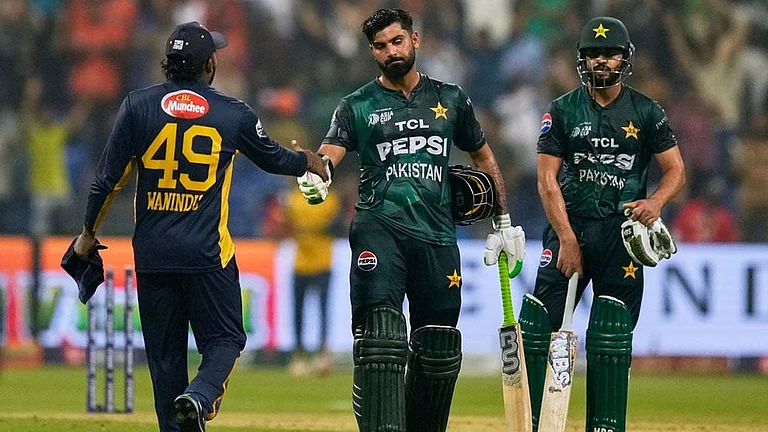Field Notes from a Waterborne Land – Bengal Beyond the Bhadralok
Parimal Bhattacharya
Harper Collins, 2022
pg. 298
Rs. 499
In Field Notes from a Waterborne Land, Parimal Bhattacharya endeavours to show his readers a Bengal that lies beyond Kolkata and its gentrified precincts. While the book journeys to areas far and beyond the metropolis, especially to Deltaic Bengal, it very much remains a Bhadralok’s account. We therefore encounter the non-Bhadralok parts of Bengal through the eyes of the author, a Bhadralok himself – erudite, cultured, upper caste, reform minded and English speaking. It is primarily from this position that the author views the life of the less privileged who live in zones that perennially attract ecological disasters like floods, cyclones or live under the constant threat of wild animals trespassing into their homes. Disaster, after all, makes for a great story, often voyeuristic to put in simple terms. But the non-Bhadralok exists in Kolkata too. Why not depict non-Bhadralok lives in the city? Cities, after all, are also discriminating.
For the author, the people living in these endangered areas and their lives turn into a spectacle of sorts and I am not trying to use the word spectacle in a negative way here. Spectacle because that’s how these lives appear to the author in their state of deprivation. To such an extent that he is gripped with an immediate desire to record them in his writing thereby expressing a feeling of lament. It is essentially the difference between the author and the lives of those that he mentions in the book that creates the story which the author then endeavours to recreate in his writing. The urge to write is palpable. The author does not lack empathy and his project is well-intentioned but there’s very little attempt to critically and historically analyse the predicament of the dispossessed.
For instance, he writes about the Kenduli mela near Shantiniketan but tells very little about what he thinks or feels. The author is perhaps trying to be an objective raconteur but in such an attempt, he reduces himself to a mere reporter of sights. For those who regularly follow news from Bengal or perhaps read Bengali news, there may not be any significant insights to develop through the book. So, who is it written for then? The English reading public beyond Bengal? Is the book then trying to feed into a nascent market for these narratives? You may ask if this recording of stories is not important? No doubt it is but it is still a Bhattacharya’s account of the life of a Mondal and this has remained a perennial problem with anthropological methodologies. I am not a fan of identity-based politics but yet we must ask who is trying to tell whose story and how?
The author visits areas like Sheikhpara, Khejurdaha, and Simlipal amongst many others that perhaps do not regularly feature in mainstream non-fiction English writing about Bengal. He writes his account, expresses despair and moves on to the next story. The book has an episodic structure. Perhaps several of these had appeared as columns written elsewhere. The gaze of the author is akin to an anthropological tourist who visits with an urge to write about lives that are different from his own. Though well written, the haste to record these stories is unmissable. In fact, the book begins with the author recounting an encounter with his mother’s caregiver, Bharati Das, a lower caste woman working tirelessly to make ends meet. Bhattacharya uses her story to glimpse into Namasudra lives. What if he could begin with upper caste indifference to Namasudra lives?
We know that poverty and unemployment are real-time crises facing these populations. But what do we do to resolve the crises? This is perhaps why this account even with its best intentions will not be able to show us a non-Bhadralok Bengal in the way a Manoranjan Byapari does. Lived reality enables insights that anthropology cannot. Bhattacharya’s book, therefore, feels like an account of the privileged gazing into the lives of the poor and dispossessed. Instead, what if he could tell the story of urban indifference to these populations, people like the author who live in urban centres and visit the riverine areas to write books and reports? That would have been a more purposeful adventure, both in writing and a methodology of anthropology.
At this point, I would also like to draw your attention to the politics of blurbs that try to create an aura of authenticity. Ramachandra Guha and Jairam Ramesh amongst many others have blurbed the book. They have found it a deeply engaging and scholarly read. But I wonder how much do these commentators really know about Bengal and Bengal beyond the Bhadralok to form such judgments? Or are blurbs quintessentially cursory in nature? Also, the blurbs emanate from positions of power - from Bhadraloks writing in English. Not to miss that the blurb writers also constitute the Anglophone urban elite who inspite of their interest in sociology and politics have not been able to discover an archive outside Kolkata.
This must have been a difficult book to organise based on its field notes structure of writing – observational detail, conversations, anecdotes meeting travel writing etc. The theme of Apu running through the book as a connecting sentiment of sorts also feels like a Bhadralok obsession. After all, Satyajit Ray remained Bhadralok’s favourite film-maker all along unlike Ritiwik Ghatak or Mrinal Sen. Towards the end of the book, while recounting an event from his former school, Bhattacharya writes, “The only thing that hadn’t changed in all these years was the men on the dais. They wore black-rimmed glasses, spotless dhoti-punjabi and sombre expressions on their faces. They were the same Bhattacharyas and Chakrabortys”. Perhaps this is good learning for the author too?





















